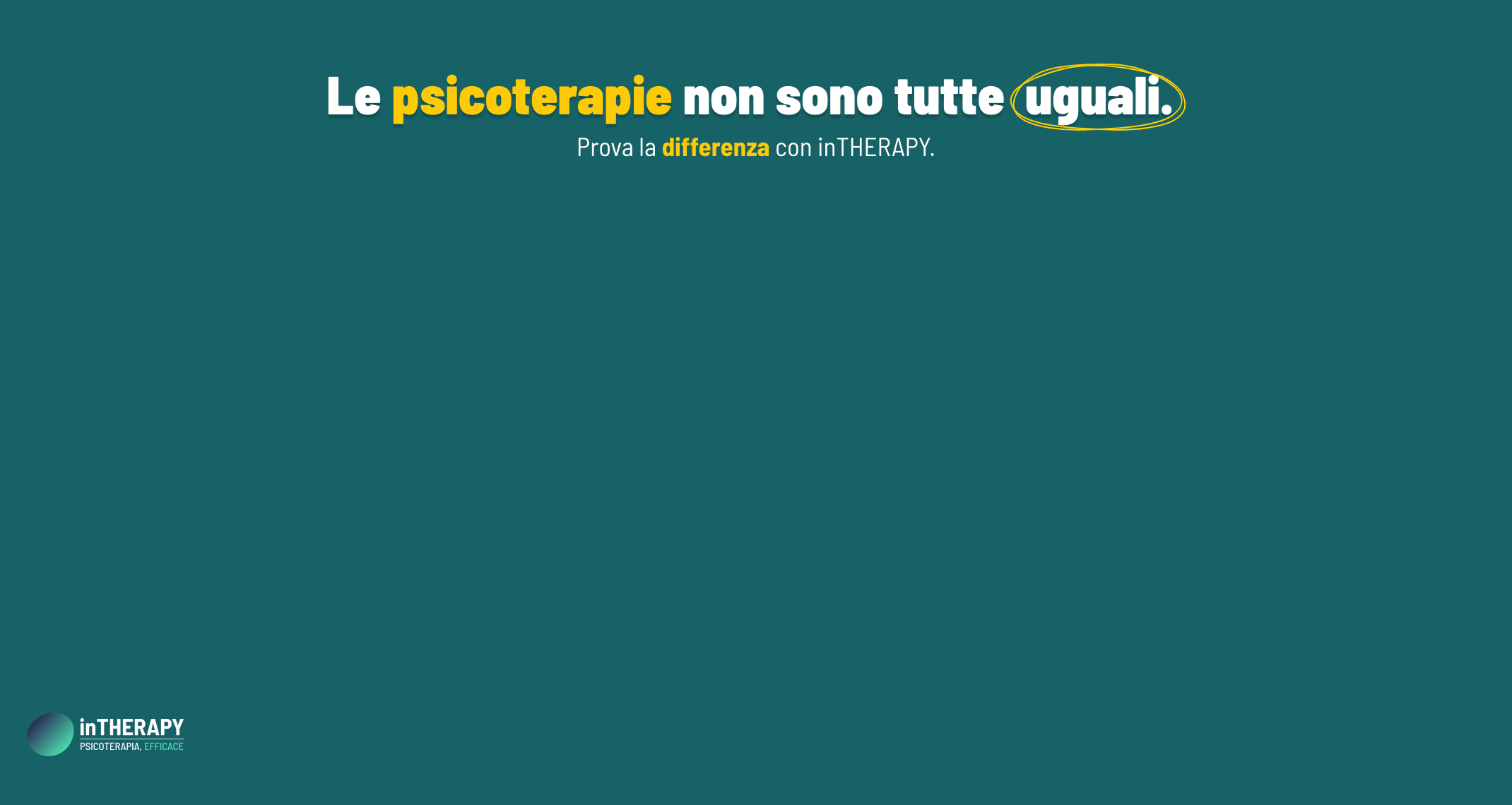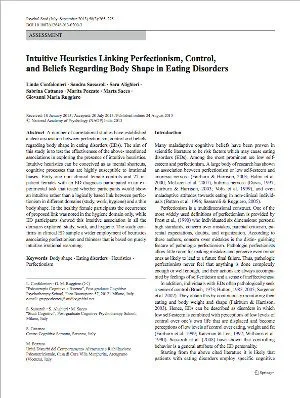 Come funziona il pensiero intuitivo e non logico? Qualche anno fa Amos Tversky e Daniel Kahneman riuscirono a scoprirne alcune delle regole di funzionamento e con questa idea vinsero un Nobel in economia (Tversky e Kahneman, 1974, 1983).
Come funziona il pensiero intuitivo e non logico? Qualche anno fa Amos Tversky e Daniel Kahneman riuscirono a scoprirne alcune delle regole di funzionamento e con questa idea vinsero un Nobel in economia (Tversky e Kahneman, 1974, 1983).
Le euristiche sono strategie di pensiero semplificate, scorciatoie cognitive che permettono alle persone di giungere rapidamente a valutazioni e decisioni.
Perché, ci si chiede, un’anoressica associa magrezza estrema a successo, bellezza e controllo della propria vita? Forse perché fa un’associazione euristica alla Tversky e Kahneman. In questo lavoro abbiamo tentato di dimostrarlo.
Intuitive Heuristics Linking Perfectionism, Control, and Beliefs
Regarding Body Shape in Eating Disorders
Linda Confalonieri (1) – Sandra Sassaroli (2) – Sara Alighieri (2) – Sabrina Cattaneo (3) – Marita Pozzato (4) – Marta Sacco (2) – Giovanni Maria Ruggiero (1)
(2) “Studi Cognitivi”, Post-graduate Cognitive Psychotherapy School, Milano, Italy
(3) Centro Cognitivo Saronno, Saronno, Italy
(4) Unità Disturbi del Comportamento Alimentare e Riabilitazione Psiconutrizionale, Casa di Cura Villa Margherita, Arcugnano (Vicenza), Italy
Abstract:
A number of correlational studies have established a clear association between perfectionism, control and beliefs regarding body shape in eating disorders (EDs).
The aim of this study is to test the effectiveness of the above-mentioned associations in exploring the presence of intuitive heuristics. Intuitive heuristics can be conceived as as mental shortcuts, cognitive processes that are highly susceptible to irrational biases. Forty one non clinical female controls and 27 in- patient females with an ED diagnosis participated in an experimental task that tested whether participants would show an intuitive rather than a logically based link between perfectionism in different domains (study, work, hygiene) and a thin body shape.
In the healthy female participants the occurrence of proposed link was noted in the hygiene domain only, while ED participants showed this intuitive association in all the domains explored: study, work, and hygiene. The study confirms in clinical ED sample a wider employment of heuristics associating perfectionism and thinness that is based on purely intuitive irrational reasoning.
Keywords: Body shape . Eating disorders . Heuristics . Perfectionism
ARGOMENTI CORRELATI:
EURISTICHE / BIAS – CREDENZE / BELIEFS – CONTROLLO
PERFEZIONISMO – DISTURBI DEL COMPORTAMENTO ALIMENTARE (DCA)
BIBLIOGRAFIA:
- Confalonieri, L., Sassaroli, S., Alighieri, S., Cattaneo, S., Pozzato, M., Sacco, M., Ruggiero, G.M. (in press). Intuitive heuristics linking perfectionism, control, and beliefs regarding body shape in eating disorders. Psychological Studies.
-
TVERSKY, A., KAHNEMAN, D. (1974), Judgment under uncertainty: Heuristics and biases. In Science, 185, pp. 1124-1131.
-
TVERSKY, A., KAHNEMAN, D. (1983), Extentional versus intuitive reasoning: The conjunction fallacy in probability judgement. In Psychological Review, 90, pp. 293-315


